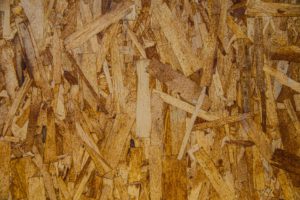What You Should Know About Plywood
With so many variations in hardness, durability, and uses, selecting the right type of plywood can be an art in and of itself.
There are only a few things a carpenter will ever encounter that are as perplexing as plywood. It appears to be necessary. You may think to yourself, “I need to make a few cupboards out of oak, so I’ll buy a couple of sheets of 3/4 thick”
You should ask yourself the following questions
“When I go to get it, the tempest mists begin to fall.” “Where can I get it?” “What do I want?” Do I need a clear-cut or a rotational cut? What kind of review? Which center? How much slimmer will it be than 3/4′′ this time? Will the edges split if I attempt to place tightens it? Will the polish be so thin that I can sand right through it with the first pass of the sander? Is it a good idea for me to try different things? Would I be able to recall the name of the foreign material I bought the last time?
If you can answer these questions without a doubt in your mind then you’re good to go but before that, take a look at the necessary things to know about the wood.
Things to know about the wood.
Manufactured by gluing multiple thin sheets of wood together at varying grain angles to each other – the options seem limitless.
Knowing the various types of plywood and their recommended uses is a valuable tool. Here is a helpful guide to the various types of Plywood to help you understand them and make the best decision.
Hardwood
Hardwood timber has a distinct face and a distinct back. Outward appearance is important in a bureau entryway, for example. Within, regardless of whether you need it to look good, small areas of burl, mineral streaks, or sapwood won’t be as distracting as they would be on a constantly exposed surface.
The main question to answer is whether you want something that looks like it belongs in a piece of beautiful furniture or if utility is your primary concern. Wood that appears to be of good quality, such as walnut, cherry, or oak, is evaluated and estimated primarily based on the quality and thickness of the face finish.
Hardwood can be thought of as an ornamental item, as opposed to softwood, which is commonly regarded as a primary material. Different principles and grades are used for different types of wood.
Hardwood woods are more expensive than other types of wood because of their beauty and lack of deformities. All cabinets are made from a variety of hardwoods.
Because of their accessibility and low cost, red oak and birch are two of the most widely used hardwoods, with birch costing slightly less than oak.
Because of its smooth surface, hardwood is known as interior plywood and is commonly used in cabinets, furniture, doors, and heavy-duty flooring.
The interior wood sheets, which are frequently made from suitable softwoods, are stacked at right angles to each other, providing durability and rigidity. Only the outer layers are made of hardwood, which adds strength and stability.
Softwood
Fir stumble is used to make softwood core plywood. It has a distinct appearance, with large imperfections that are normally unsuitable for cupboards or furniture. It is a stable material that is frequently used as an auxiliary building material that is painted or covered. Exterior plywoods made with waterproof covers are applied wherever there is exposure to climate or water.
Their other product is known as composite wood, and it is only used by furniture makers and cabinetmakers.
Marine
Marine plywood, which is the hardest and most resistant to moisture, is used in the construction, repair, and enhancement of boats. BWR Plywood is classified as an exterior material.
With a better understanding of Plywoods, you can now decide which is best for you and your project.


